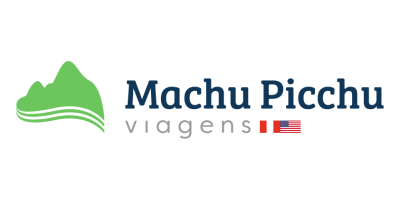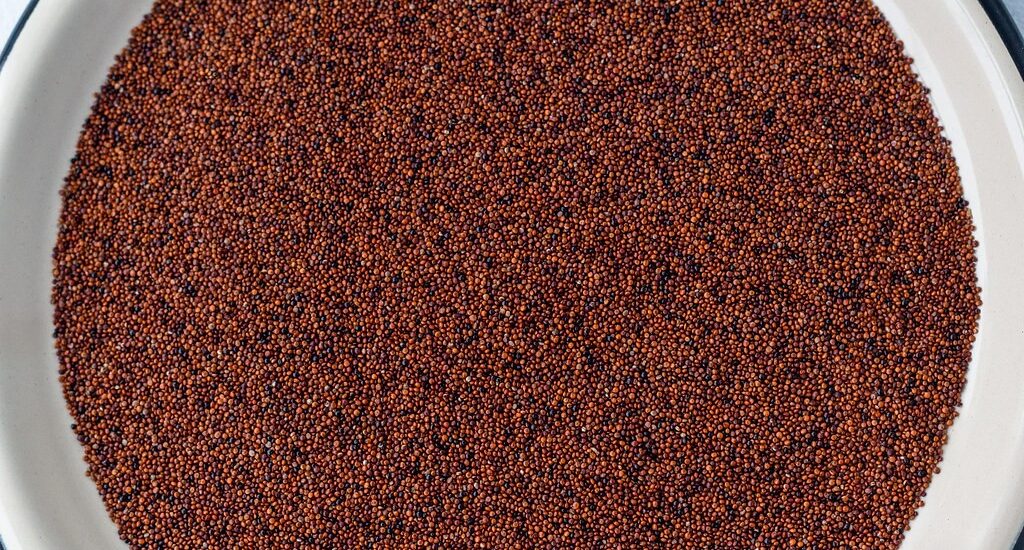What do the Incas and the astronauts have in common? Well, this question itself could be kind of strange as we know the Inca lived more than 500 years ago. But, the truth is that a Peruvian grain is the answer: We’re talking about the cañihua, considered a superfood by many scientists.
Why is this grain so cherished by Andeans and foreign people? What are its properties, and why is it a good idea for you to start consuming it? Keep reading to find all the answers.
A Journey Through Time
Cañihua has been a staple food for Andean communities for thousands of years. Cultivated at altitudes of up to 4,500 meters (15,000 feet), this resilient crop thrives where most plants can’t survive. In fact, it was a crucial food source for the ancient Incas, sustaining them through harsh climates and rugged terrain.
Despite its rich history, cañihua nearly disappeared after Spanish rule. European settlers introduced wheat and other grains. However, Andean farmers preserved the tradition of growing cañihua.
They passed down its cultivation and culinary uses through generations. Today, it’s experiencing a revival as people around the world seek nutrient-dense, sustainable foods.
What Makes Cañihua So Special?
Cañihua is just a grain, but it’s mighty when it comes to nutrition. Here’s a breakdown of its impressive profile:
Vitamin Warehouse
Protein: With about 15–19% protein content, cañihua is a complete protein source, meaning it contains all nine essential amino acids. This makes it an excellent choice for vegetarians and vegans.
Fiber: Packed with dietary fiber, cañihua supports healthy digestion and keeps you feeling full longer.
Micronutrients: Rich in iron, zinc, magnesium, calcium, and B vitamins, cañihua promotes energy production, immune health, and strong bones.
Antioxidants: It’s loaded with polyphenols, which combat oxidative stress and reduce inflammation in the body.
Gluten-Free Goodness
Cañihua is naturally gluten-free, making it a fantastic option for those with celiac disease or gluten sensitivities. It’s a great alternative to wheat, offering similar versatility without the risk of gluten-related issues.
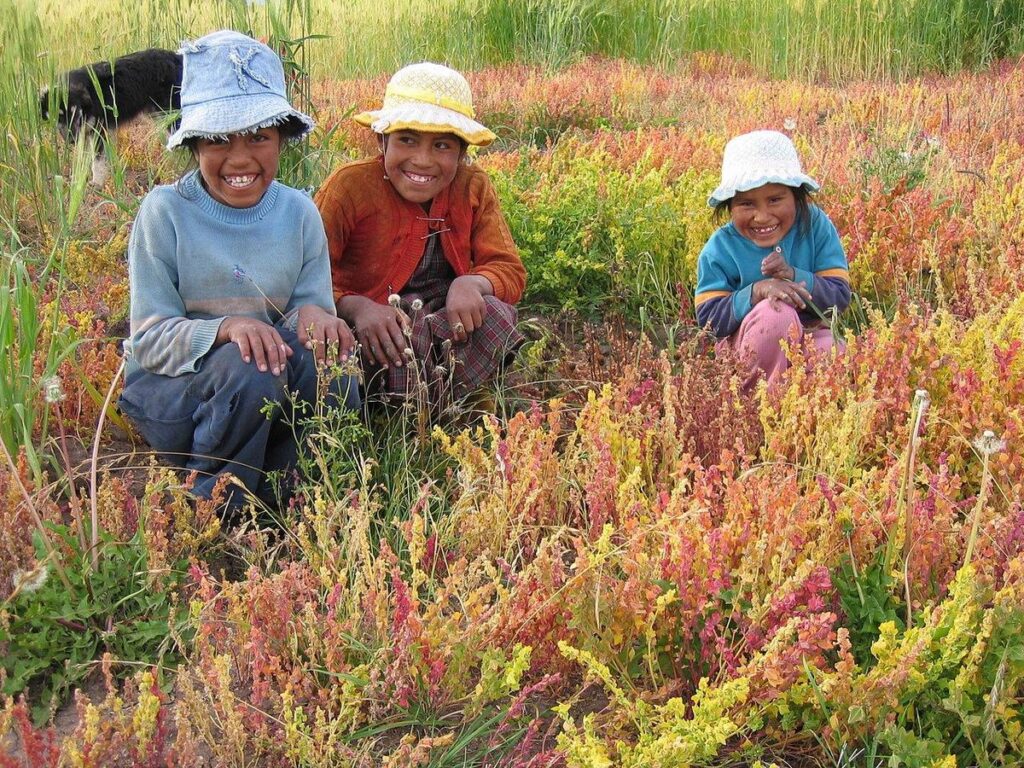
Low Glycemic Index
Unlike many refined grains, cañihua has a low glycemic index, meaning it won’t cause a rapid spike in blood sugar levels. This makes it an excellent choice for people managing diabetes or those looking for sustained energy.
Sustainability Champion
Cañihua’s ability to grow in extreme conditions makes it a sustainable crop. It requires minimal water and thrives in poor soils, making it an environmentally friendly food choice.
Cañihua Uses
Normally in Peru, the Cañihua turns into flour, but this process is no easy task. The grain is carefully roasted to prevent it from burning, aired to remove the detached perigonium, and finally ground. Although it’s a labor-intensive process, it yields a high-quality, aromatic product.
Cañihua’s culinary prestige transcends borders. Experts estimate a traditional method can process 12 to 15 kg of cañihua a day. This flour, rich in protein and calories, is mixed with water or milk, so people can consume it in various forms: from typical street food breakfasts to cakes and fried foods.
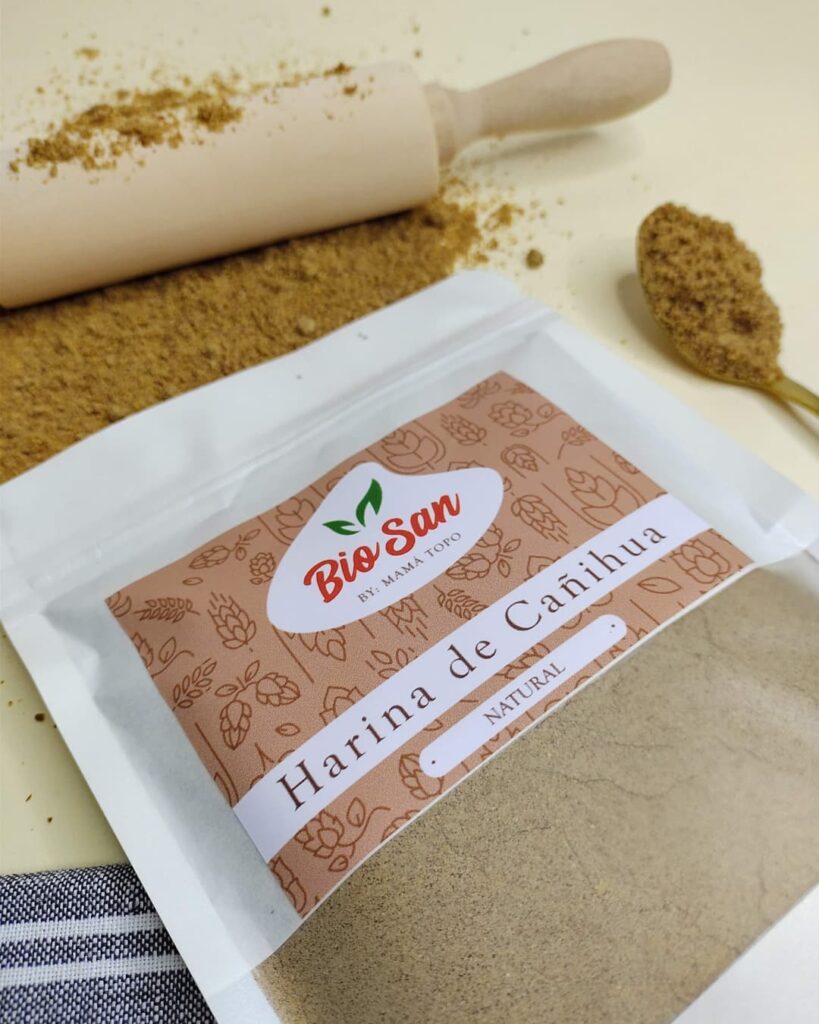
But cañihua doesn’t only meet hunger; it also plays a role in traditional medicine. The ashes from its stem, known as “llipta,” are used in the chewing of coca leaves. A study found that llipta is rich in calcium and nutrients. It provides essential elements for the diets of those in cold, high-altitude areas.
However, cañihua’s journey to international markets is not always certain. One reason for that it’s that Cañihua flour is mixed with other toasted grains, such as quinoa or kiwicha. Also, a lack of info on its processing industries poses challenges for those trying to preserve this cereal’s qualities.
An Easy Recipe to Try: Cañihua Breakfast Bowl
Want to give cañihua a try? Start your day with this simple and delicious breakfast bowl. It’s packed with nutrients and will keep you energized all morning.
Ingredients
1 cup cañihua
2 cups water or milk (dairy or plant-based)
1 tablespoon honey or maple syrup
1 teaspoon cinnamon
½ teaspoon vanilla extract (optional)
Toppings: Fresh fruits (e.g., berries, banana slices), nuts, seeds, or shredded coconut
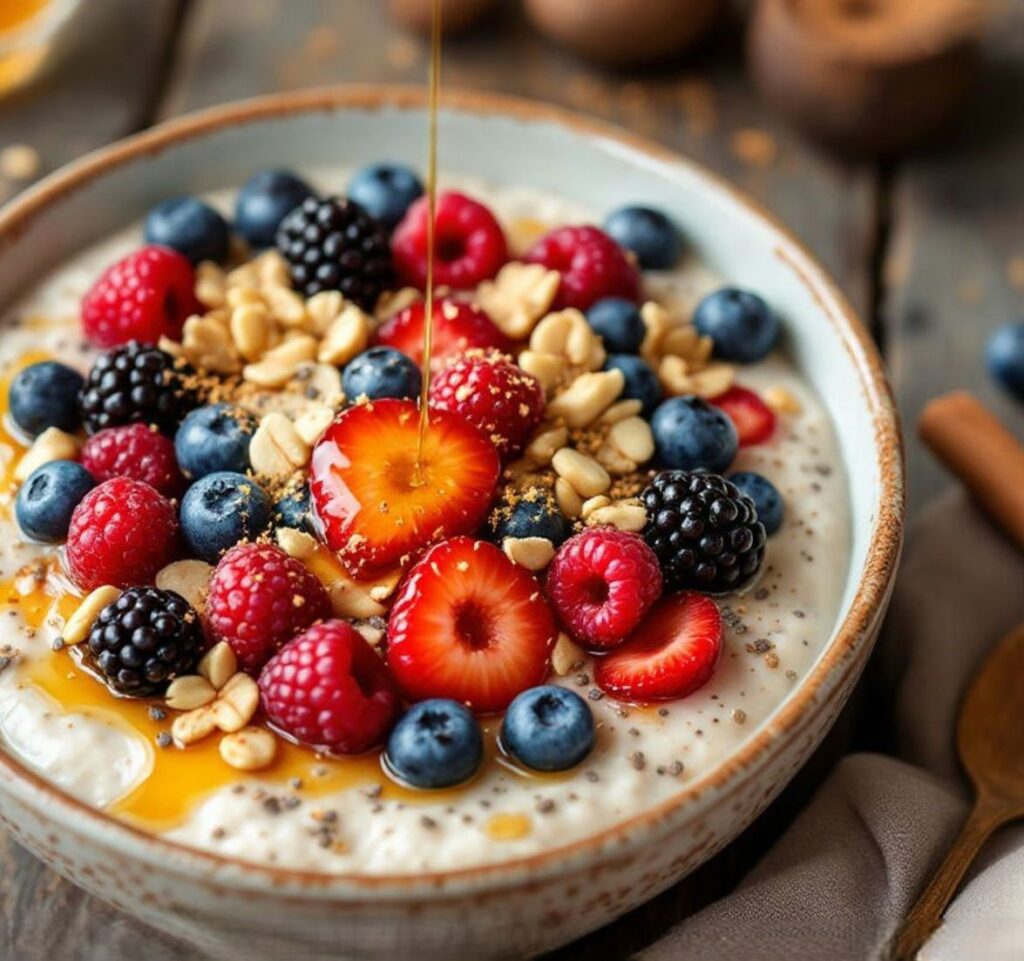
Instructions
Rinse the cañihua: Place the cañihua in a fine mesh strainer and rinse under cold water to remove any bitterness.
Cook the cañihua: In a medium saucepan, combine the cañihua and water (or milk). Bring to a boil, then reduce the heat to low, cover, and simmer for about 15–20 minutes, or until the liquid is absorbed and the seeds are tender.
Add flavor: Stir in honey (or maple syrup), cinnamon, and vanilla extract. Adjust sweetness to taste.
Assemble the bowl: Divide the cooked cañihua into bowls and add your favorite toppings. Get creative—mix and match fruits, nuts, and seeds for extra flavor and texture!
Serve and enjoy: Dig in and savor your nutrient-packed breakfast.
Pro tip: You can also batch-cook cañihua and store it in the fridge for up to 5 days. Reheat it with a splash of milk for a quick, no-fuss breakfast.
Cañihua’s FAQs
How does cañihua taste?
Cañihua has a nutty, slightly earthy flavor that’s like quinoa but with a hint of sweetness. Its tiny, reddish-brown seeds are crunchy when toasted but soften beautifully when cooked. Thanks to its versatile taste, cañihua can be used in both savory and sweet dishes.
How Can I incorporate it into my diet?
Salads: Use cooked cañihua as a base for grain salads. Toss it with roasted veggies, leafy greens, and a zesty vinaigrette.
Soups and Stews: Add cañihua to soups and stews for a protein boost and a hearty texture.
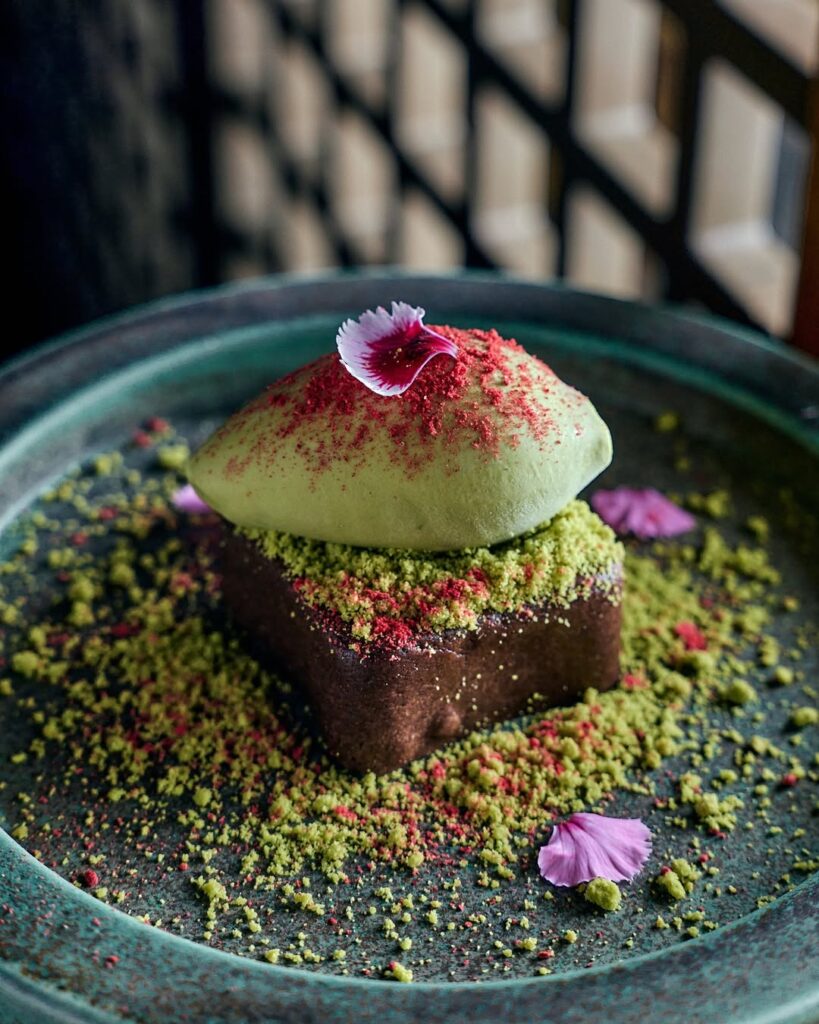
Baked Goods: Replace part of the flour in recipes like muffins, pancakes, or cookies with cañihua flour for a nutrient upgrade.
Energy Bars: Mix cañihua with nuts, dried fruits, and nut butter to make homemade energy bars or granola.
Where Can I Find it?
Cañihua is becoming more widely available as its popularity grows. You can find it in health food stores, specialty markets, or online. Look for organic, fair-trade options to support sustainable farming practices and ensure the highest quality. In Peru, you can find it almost everywhere.
Final Thoughts: A Hidden Gem Worth Discovering
Cañihua might not be as well-known as quinoa, but it offers amazing nutrition and brings something special to the table. This Peruvian supergrain is a treasure, with a fascinating history, impressive health perks, and endless cooking possibilities.
Cañihua will add nutrition and great flavor to your meals. You can use it in a warm breakfast bowl, a salad, or a new dish. Why not give cañihua a chance? To discover more authentic and nutritious foods and other surprises in Peru, stay tuned to our blog!
Viagens Machu Picchu also invites you to unveil what Peru can really offer. Contact our specialists to start the adventure of your lifetime! We’re waiting for you!
Viagens Machu Picchu, journeys that inspire, moments that last.
